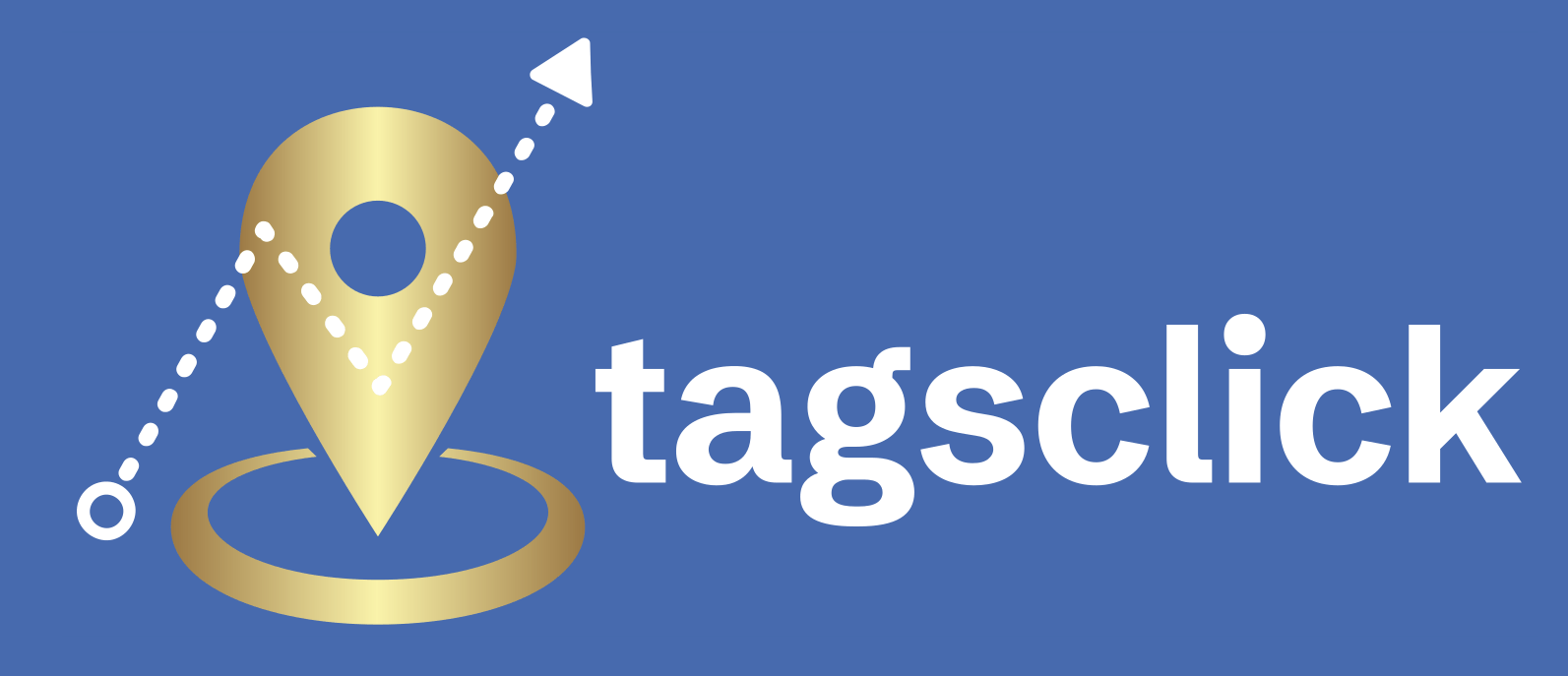Introduction: The SEO vs. Ads Dilemma in Travel Marketing If you’re investing in Google Ads, Meta campaigns, or even display ads to drive bookings, you’re already ahead of the game. But many travel companies—especially those in luxury tours, travel clubs, or subscription-based travel platforms—wonder if it’s redundant to also invest in SEO.
What is the short answer? No, it’s not redundant. In fact, if you’re not leveraging SEO alongside ads, you’re missing out on a significant opportunity. Let’s discuss why combining SEO and advertising is a smart choice for your travel business—and how tools like Mangools, RankIQ, and NitroPack can give you an edge.
1. SEO Builds Long-Term Visibility That Ads Can’t Replace
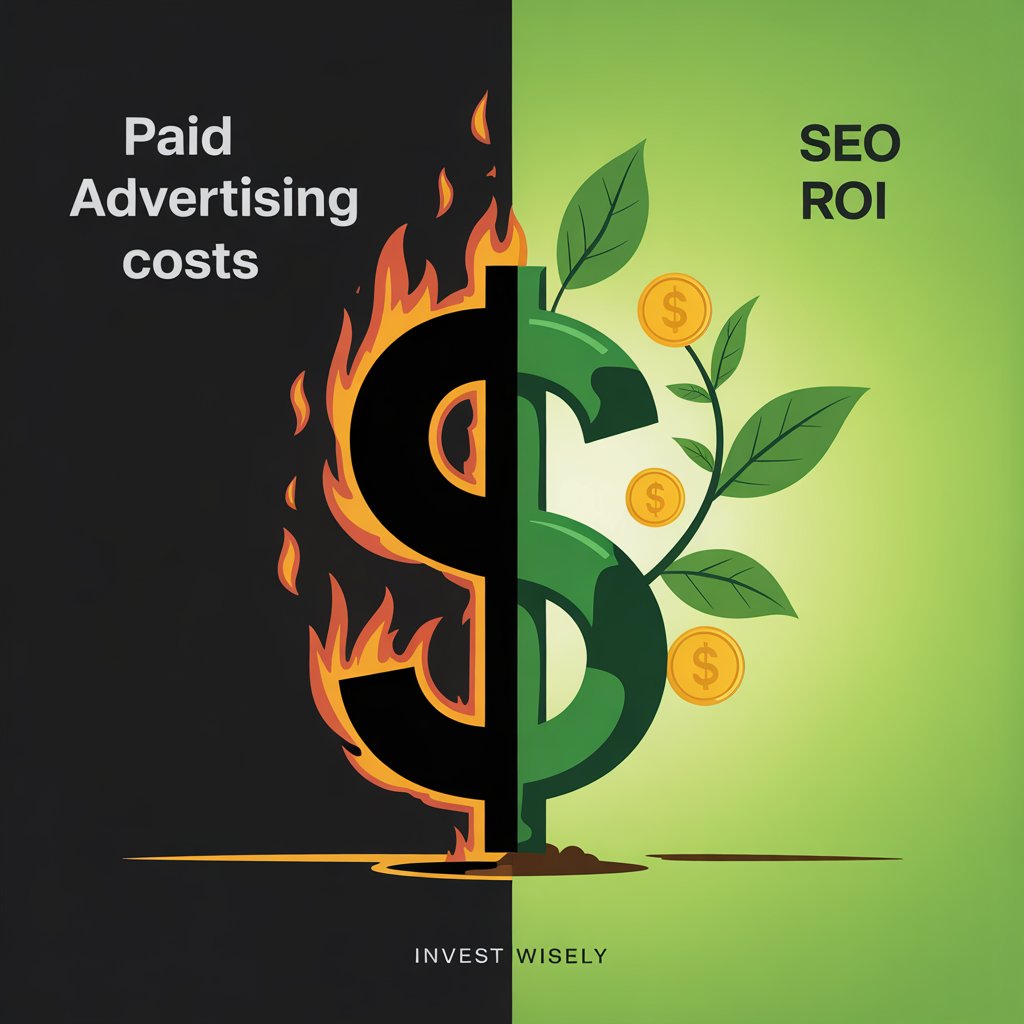
Long-term online visibility depends on SEO since it builds trust, generates consistent traffic, and provides over time better ROI. SEO supports the whole customer journey while unlike ads, which stop once the budget runs out. Although ads offer rapid gains, they cannot replace the authority and credibility acquired via natural rankings. Although both could be part of a balanced approach, SEO should always be the cornerstone.
Paid campaigns stop the moment you pause your budget. SEO, on the other hand, creates lasting visibility in organic search.
Imagine someone searching for “the best luxury train journeys in Europe.” If you’ve optimized your blog or landing page around that topic, it can rank for years, continually bringing in high-intent visitors—no budget required.
✅ Pro Tip: Use Google Search Console and RankIQ to identify which keywords already drive impressions, then build optimized content around them. Mangools is also excellent for low-competition keyword discovery.
2. SEO Lowers Acquisition Costs Over Time
By producing free, consistent traffic without continuous ad spend, SEO gradually reduces customer acquisition costs. Once your material ranks, it continues to draw readers and generates leads without paying per click. This makes SEO an affordable tactic with increasing return on investment the longer it is used.
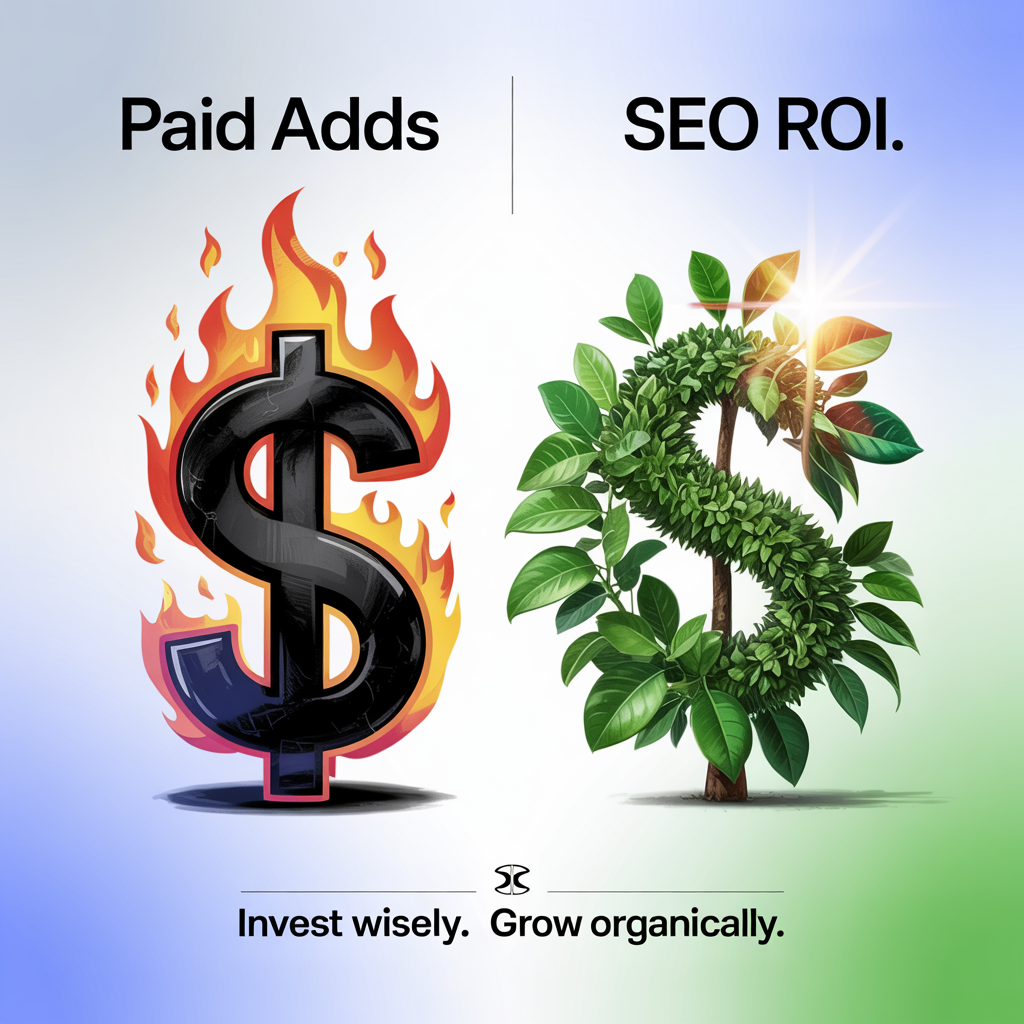
While ads offer instant traffic, they come at a high price—especially in the travel niche, where CPCs can be aggressive.
Investing in SEO means that once you rank, traffic continues without paying per click. It’s a compounding investment that improves your ROI month after month.
“Businesses that combine paid ads and SEO see, on average, 25% lower acquisition costs in the long term.” — Search Engine Journal
🧰 Tools like NetSuite can help you monitor acquisition costs and performance metrics across both SEO and ad campaigns in one place.
3. SEO + Ads = Stronger Search Presence
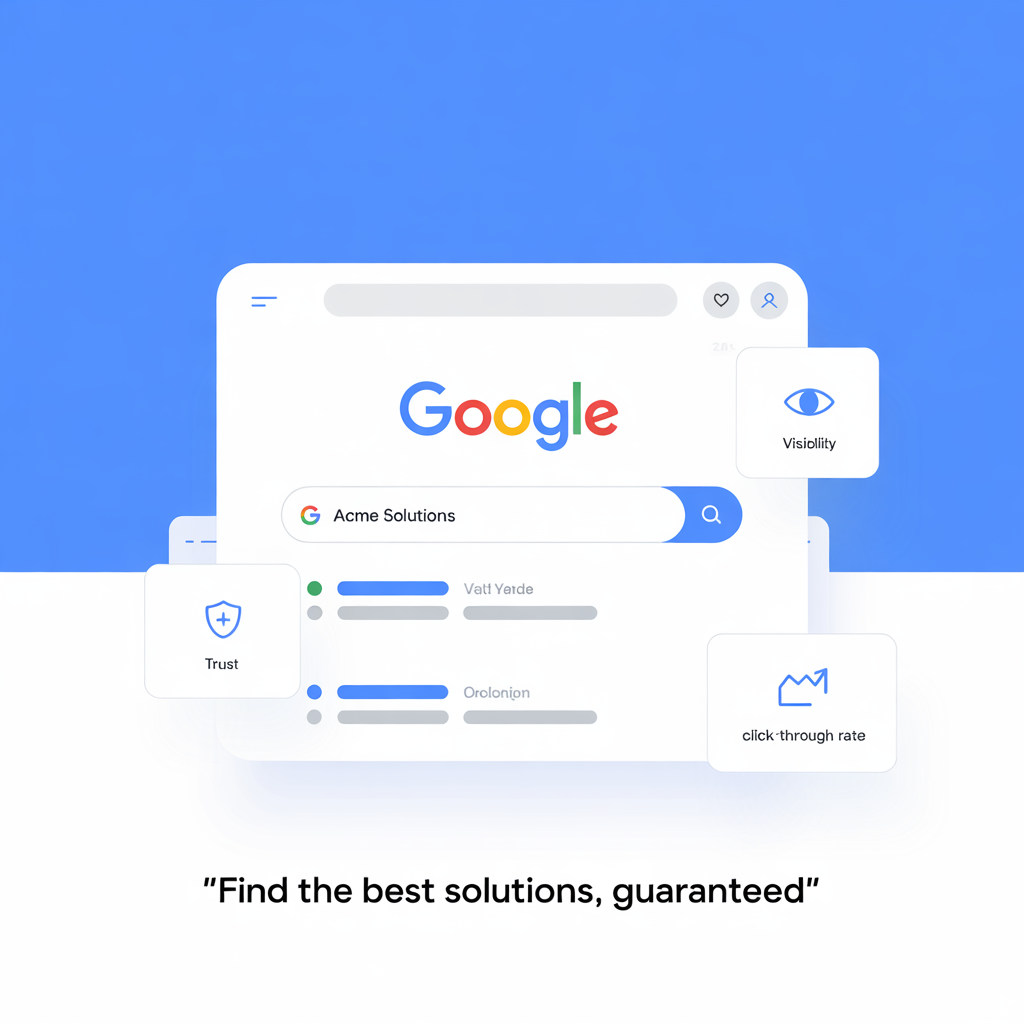
When your site appears in both the paid and organic sections of Google’s results, it dramatically increases brand trust and click-through rate.
Benefits of this Dual Strategy:
- Dominate search real estate: Appear multiple times for the same keyword.
- Inform your ad strategy: Use organic data to guide ad targeting.
- Retarget wisely: SEO traffic helps build larger and more qualified remarketing lists.
🧠 Use tools like Tidio and AWeber to re-engage visitors captured through SEO with targeted email and chat sequences.
4. SEO builds authority and trust.
Travel agencies need SEO because most customers start their trip online searching for hotels, sites, activities, and advice. A travel agency or tour operator with high search results will attract travelers seeking “romantic getaways in Italy” or “budget hostels in Thailand.”
Search engine optimization helps travelers and travel companies book. Strong SEO helps local hiking guides and honeymoon resorts stand out, increasing bookings and lowering marketing costs.
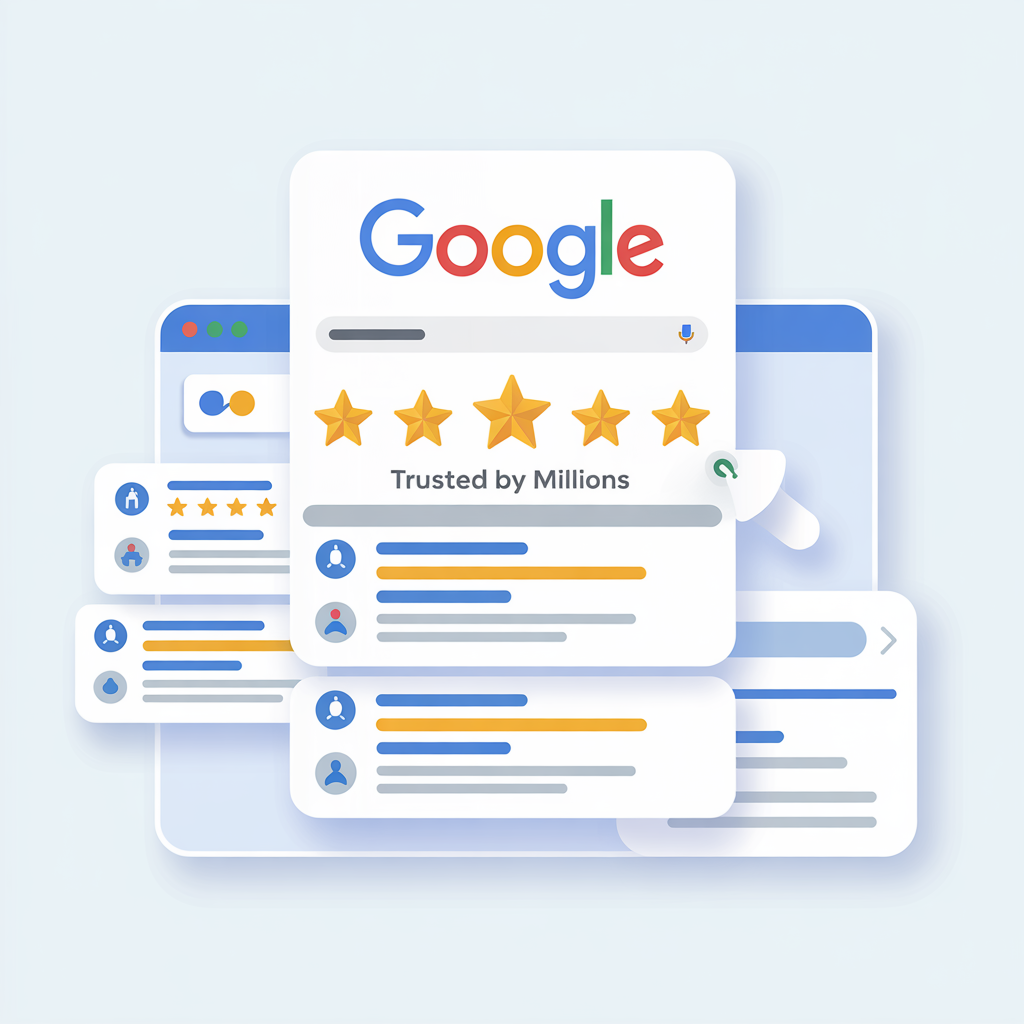
Travel buyers are often cautious. They’re booking big-ticket items, and they want to feel confident in their choice.
Ranking high organically signals trustworthiness. People associate top results with industry leaders, especially when comparing services like luxury retreats, private aviation, or high-end tours.
According to BrightEdge, 68% of online experiences start with a search engine, and SEO drives 1,000%+ more traffic than organic social.
💬 Tools like BrandMentions allow you to track brand visibility and public sentiment as your SEO authority grows.
5. SEO supports the entire customer journey.
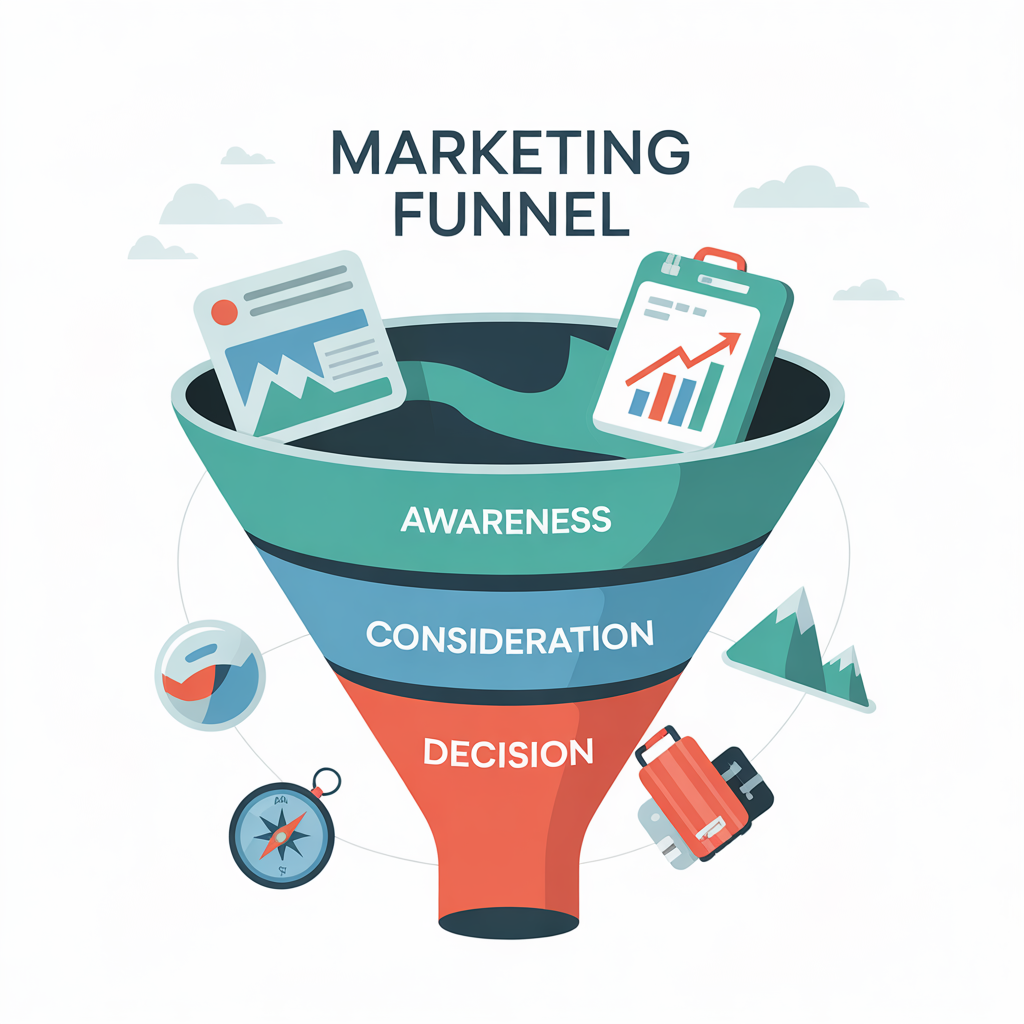
SEO delivers relevant content throughout the travel customer journey, from inspiration to planning to booking. A traveler may search “best places to visit in Europe,” “top things to do in Paris,” and “affordable hotels near Eiffel Tower.” Optimizing for these queries helps travel businesses attract, engage, and convert users throughout their decision-making process, building trust and loyalty.
Unlike ads that typically push for a direct sale, SEO enables you to educate, engage, and nurture users throughout their travel planning process.
Content Examples for Each Stage:
- Awareness: “Top Luxury Safari Destinations for 2025”
- Consideration: “Luxury vs. Budget Cruises in the Caribbean”
- Decision: “Book a Private Jet Experience from NYC to Paris”
📌 Use Link Whisper to create internal content paths that guide users from blog posts to service pages efficiently.
6. Better landing pages equal better ad results.
SEO-optimized landing pages have high-quality, relevant content, faster load times, better mobile usability, and clear keyword alignment, which improves user experience and Quality Score in Google Ads, lowering CPC and increasing conversion rates.
Travel businesses can increase booking rates, attract more qualified leads, and maximize their paid advertising ROI by using SEO-optimized pages for specific destinations, experiences, and packages.
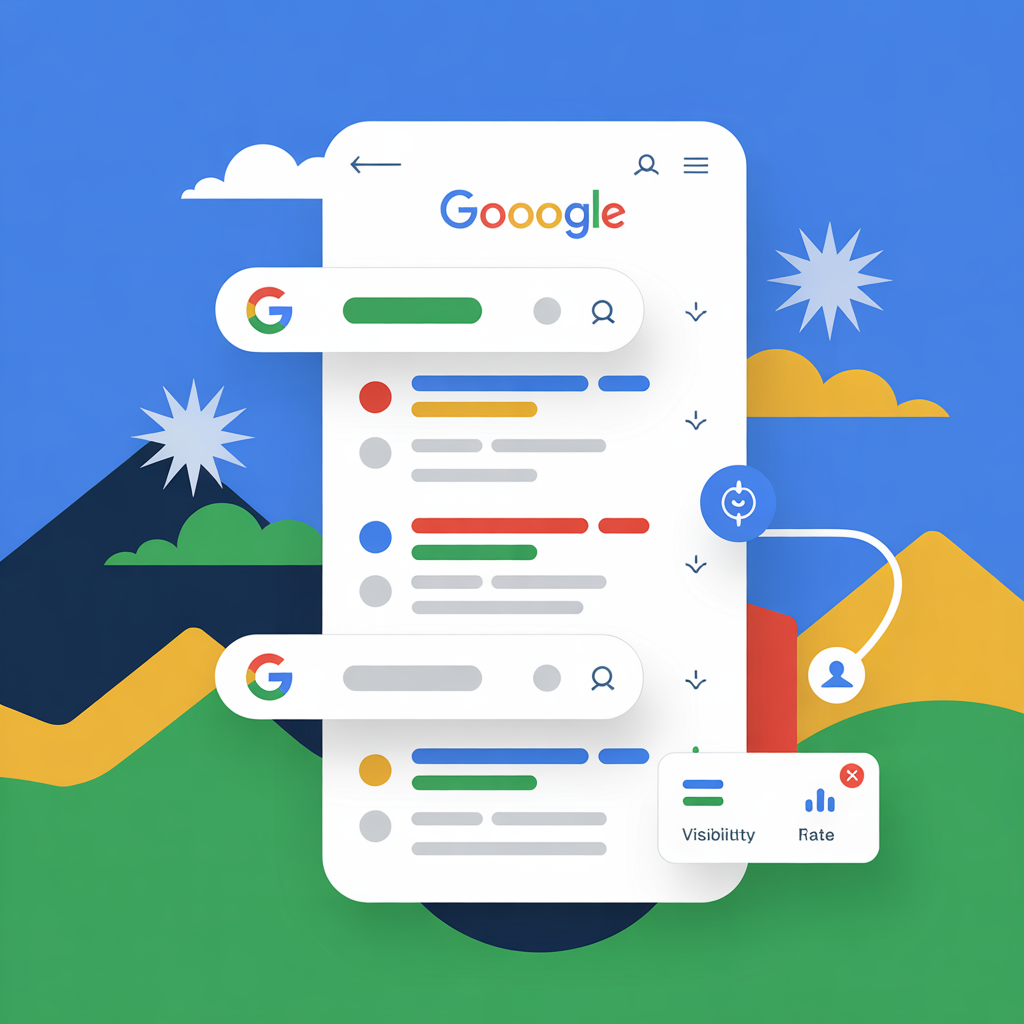
SEO-optimized pages often outperform generic landing pages in paid campaigns.
Why?
- • User intent drives their design.
- They have richer content and higher relevance scores.
- Google rewards well-structured, fast-loading pages—improving ad quality score.
📈 Insider Insight: Google’s algorithm considers page experience for both organic and paid placements. SEO work helps your ads win better positions at a lower cost.
🔧 Use NitroPack and Dotcom-Monitor to enhance site speed and uptime reliability, both crucial for ad quality scores and user experience.
7. SEO is an asset. Ads are a temporary boost.
Running ads is like renting a hotel room—it’s quick and convenient, but the moment you stop paying, you’re out.
SEO is like buying property. It takes time, but the value appreciates, and the ROI grows steadily. The smartest travel brands treat SEO as a business asset, not just a marketing channel.
🛠️ Consider using Site Analyzer to audit SEO performance and Hunter.io to identify backlink opportunities and build digital PR.
Final Thoughts: Why You Need Both
Ads and SEO each play a vital role in a strong digital strategy. If you’re only running ads, you’re only capturing a portion of your potential audience.
By investing in SEO services for travel businesses, you future-proof your visibility, enhance ad performance, and build a marketing engine that works even when you’re not spending.

